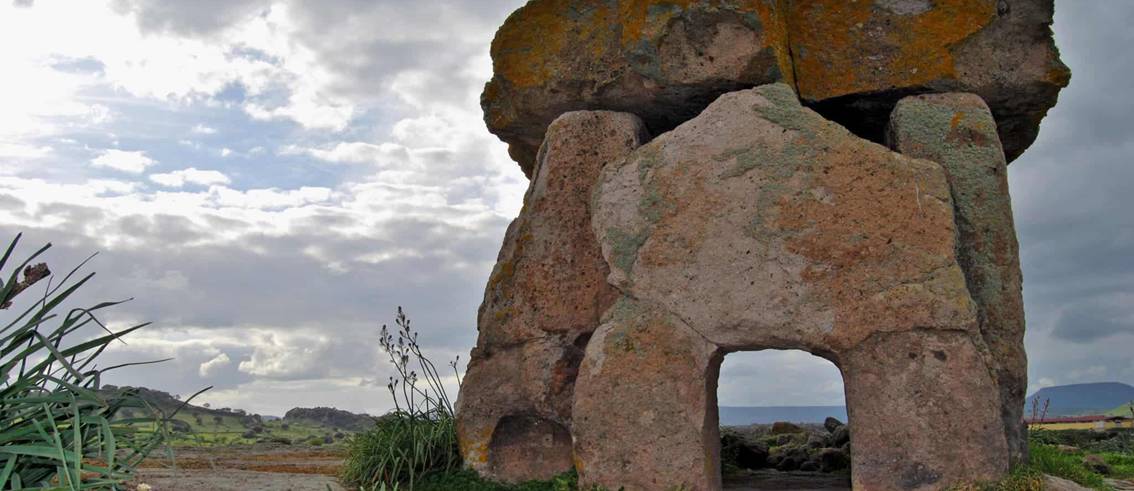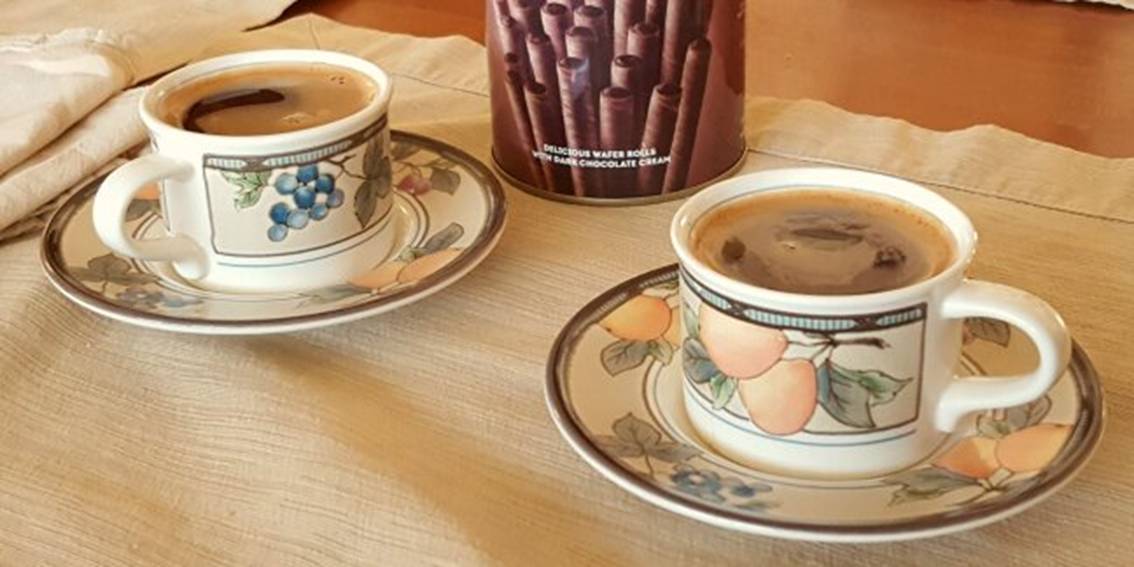From Carob Warehouse to Culture Hub: How an Old Carob Warehouse Transformed Limassol’s Art Scene
From Carob Warehouse to Culture Hub: An old carob warehouse in Limassol has transformed into a cultural hub. This change highlights Limassol’s cultural renaissance. The warehouse now plays a key role in the city’s evolving art scene.
Limassol’s Cultural Renaissance: Limassol, Cyprus, is known for its tourism and historical richness. In recent years, the city has seen a cultural revival. Adaptive reuse of old industrial buildings has driven this change. These spaces now host vibrant art and cultural activities.
The Historical Significance of Carob Warehouses: Cyprus, especially Limassol, once had a thriving carob industry. Carob beans, called the “black gold of Cyprus,” were a major export in the late 19th and early 20th centuries. Large warehouses stored these beans before export. Limassol’s strategic port location made it a key trade centre. The warehouses’ sturdy, spacious structures were ideal for storing carob beans. They supported exports to Europe and beyond.
Decline of the Carob Trade: The carob trade declined in the mid-20th century. Many carob warehouses fell into disuse. Left abandoned, these industrial spaces became forgotten relics of a bygone era.
A Dramatic Transformation: In recent years, the story of these warehouses has changed. One carob warehouse in Limassol has undergone a complete transformation. It shifted from an industrial storage facility to a thriving cultural hub.
The Transformation Process
The journey from derelict warehouse to cultural hub began with a vision. In 2012, local artists and architects saw potential in the old carob warehouses. They imagined these spaces as venues for art exhibitions, performances, and workshops. The warehouse’s high ceilings, wide layouts, and rustic charm made it ideal for creative expression.
Community Support and Renovation
The project gained community support. Local investors backed the initiative. They aimed to preserve Limassol’s historical character while expanding its cultural scene.

The renovation focused on maintaining the warehouse’s industrial heritage. Workers preserved the original stone walls. They added modern elements like sleek lighting and contemporary furniture. This created a balance between old and new.
A New Cultural Space
In 2015, the transformation was complete. The carob warehouse reopened as a multi-functional cultural space. It no longer stored beans but fostered creativity in Limassol.
A Hub for Art, Performance, and Culture
Since its reopening, the converted warehouse has quickly established itself as a cornerstone of Limassol’s cultural scene. The space now hosts a variety of events, ranging from contemporary art exhibitions to avant-garde theatre performances, music concerts, and film screenings. Its adaptability makes it ideal for all forms of artistic expression, giving local and international artists a unique platform to showcase their work.
The venue has become a gathering spot for artists, thinkers, and the community at large, fostering collaboration and dialogue across disciplines. One of the warehouse’s primary

functions is to support emerging Cypriot artists by providing them with a space to exhibit their work. It has become a launching pad for many young creators, helping to nurture Limassol’s local talent and give them international exposure.
In addition to visual arts, the warehouse has embraced performance art, regularly hosting dance and theatre productions. Its versatile layout allows for immersive, site-specific performances that take advantage of the building’s architectural features. Artists are able to create experiences that transcend traditional gallery or theatre settings, making the warehouse a place of innovation and experimentation.
Workshops, lectures, and cultural festivals also form a key part of the warehouse’s programming. These events attract a wide audience, from seasoned art enthusiasts to casual visitors, and have helped to raise Limassol’s profile as a cultural destination. As part of the warehouse’s community outreach, educational programs are offered to local schools and youth groups, encouraging the next generation to engage with the arts.
A New Cultural Landmark in Limassol
The transformation of the old carob warehouse is not just a testament to the power of adaptive reuse, but also to the vibrancy of Limassol’s cultural scene. This space has become an integral part of the city’s artistic landscape, a place where history and contemporary culture intersect.
What makes this transformation particularly significant is the way it highlights the importance of preserving Limassol’s industrial heritage while breathing new life into old spaces. The warehouse is a reminder of the city’s economic past, but its current function speaks to the future — a future where creativity, culture, and community are at the forefront.

In many ways, the converted carob warehouse reflects the broader evolution of Limassol itself. Once an important hub of trade and industry, the city is now emerging as a cultural leader in Cyprus. This transformation has not come at the expense of the city’s history, but rather through the celebration and repurposing of its architectural and industrial legacy.
As Limassol continues to grow and evolve, the carob warehouse turned cultural hub stands as a symbol of the city’s ability to adapt and reinvent itself. It is a space where tradition and innovation coexist, and where art and culture thrive.
Conclusion
From its humble beginnings as a warehouse storing the “black gold” of Cyprus to its current role as a dynamic cultural space, the transformation of this carob warehouse has been nothing short of remarkable. It serves as a powerful example of how spaces can be reimagined to meet the needs of a changing city and its artistic community. By preserving the past and embracing the future, Limassol’s old carob warehouse has become a beacon of culture and creativity.




